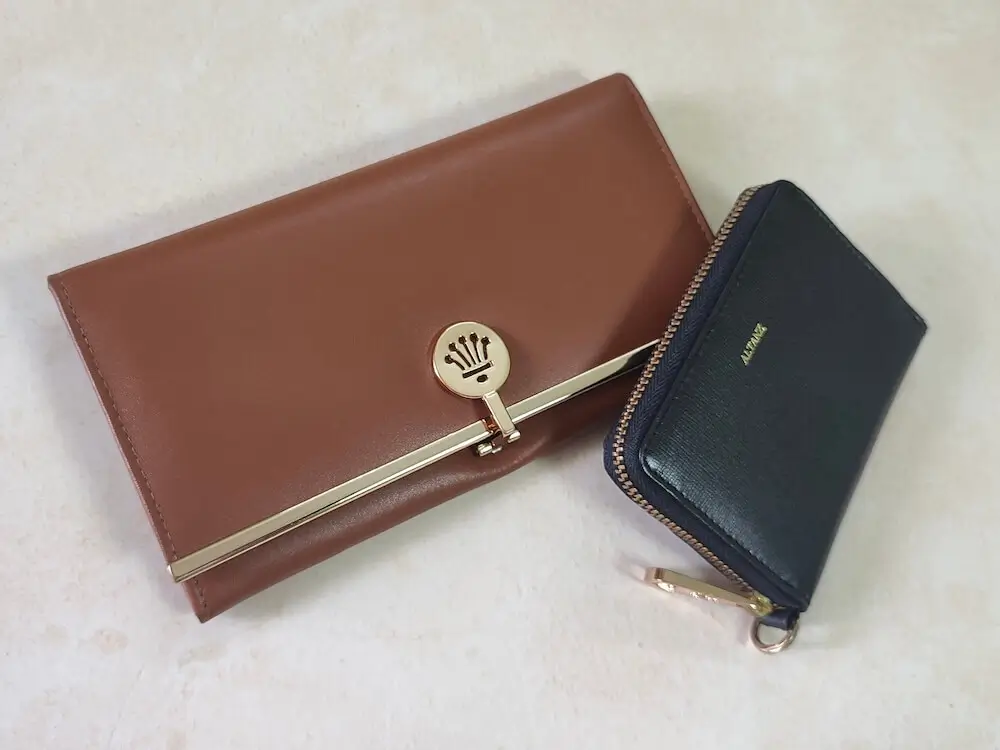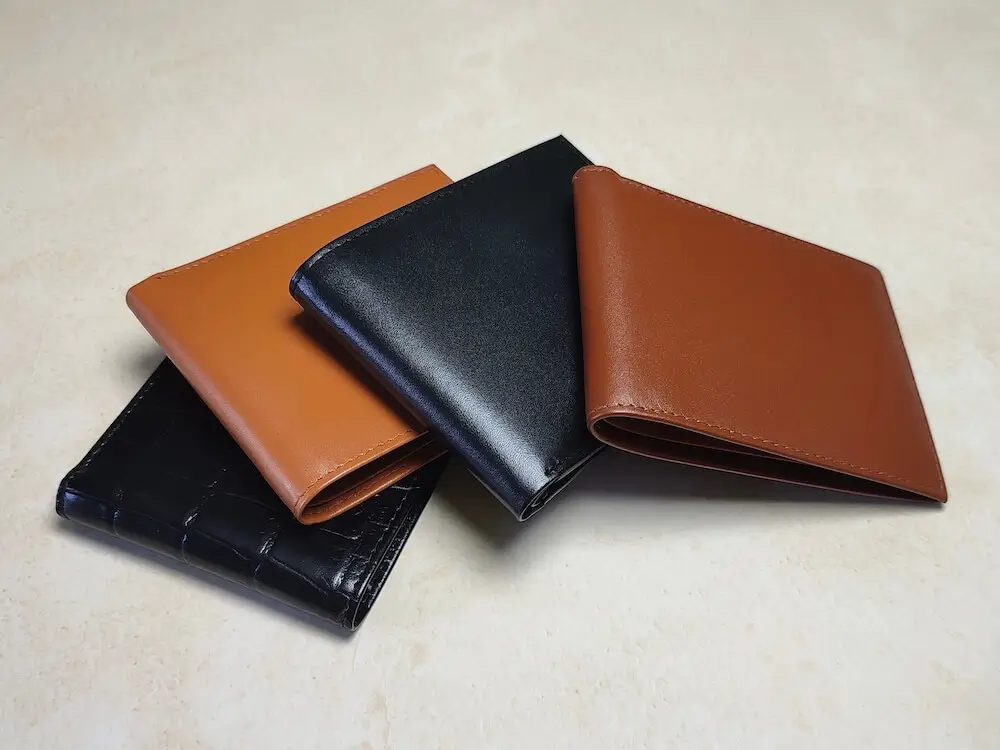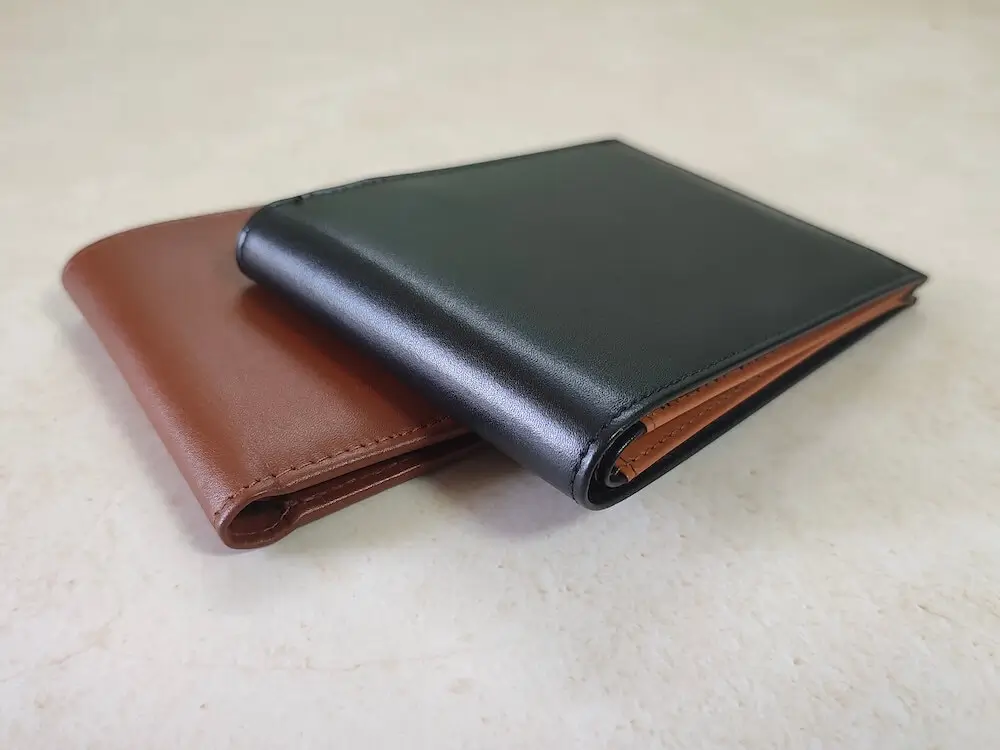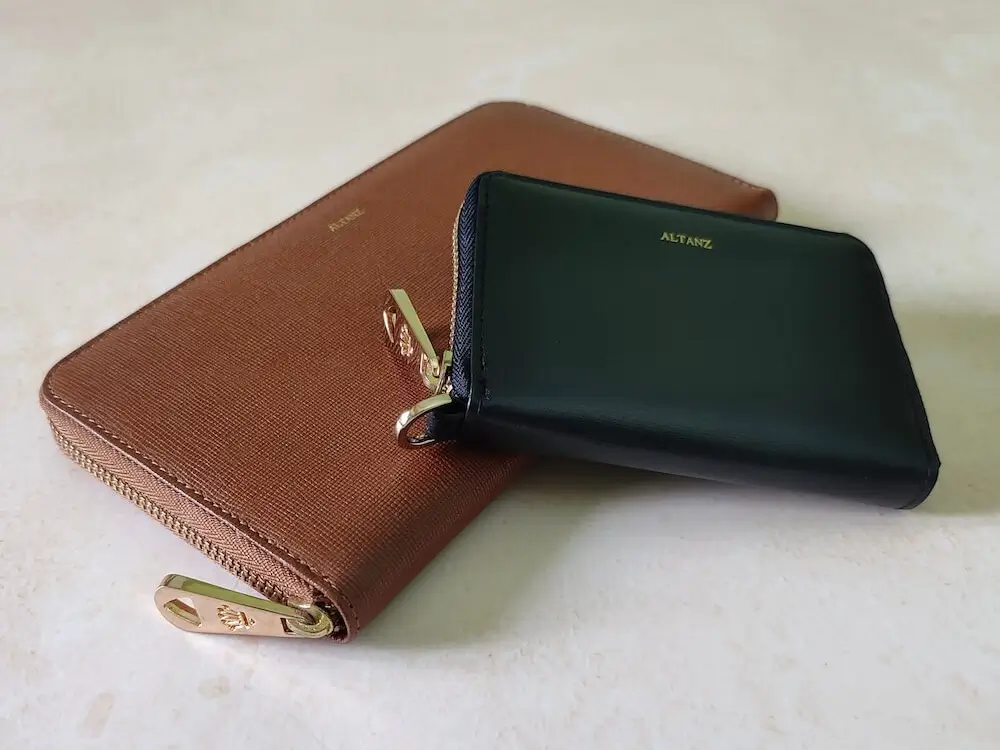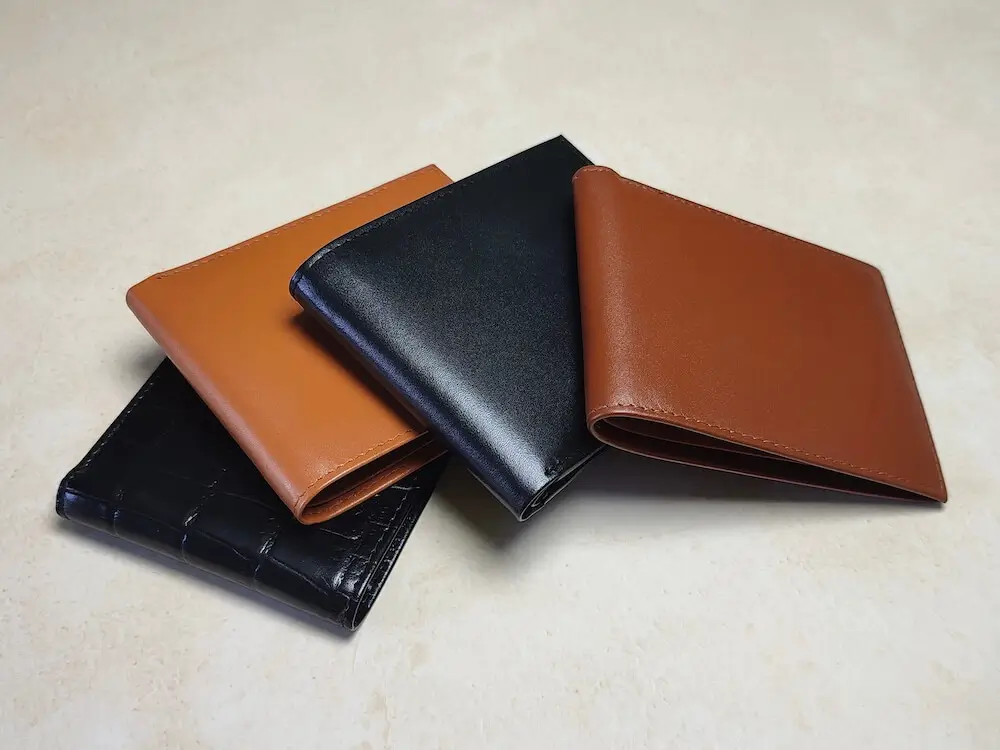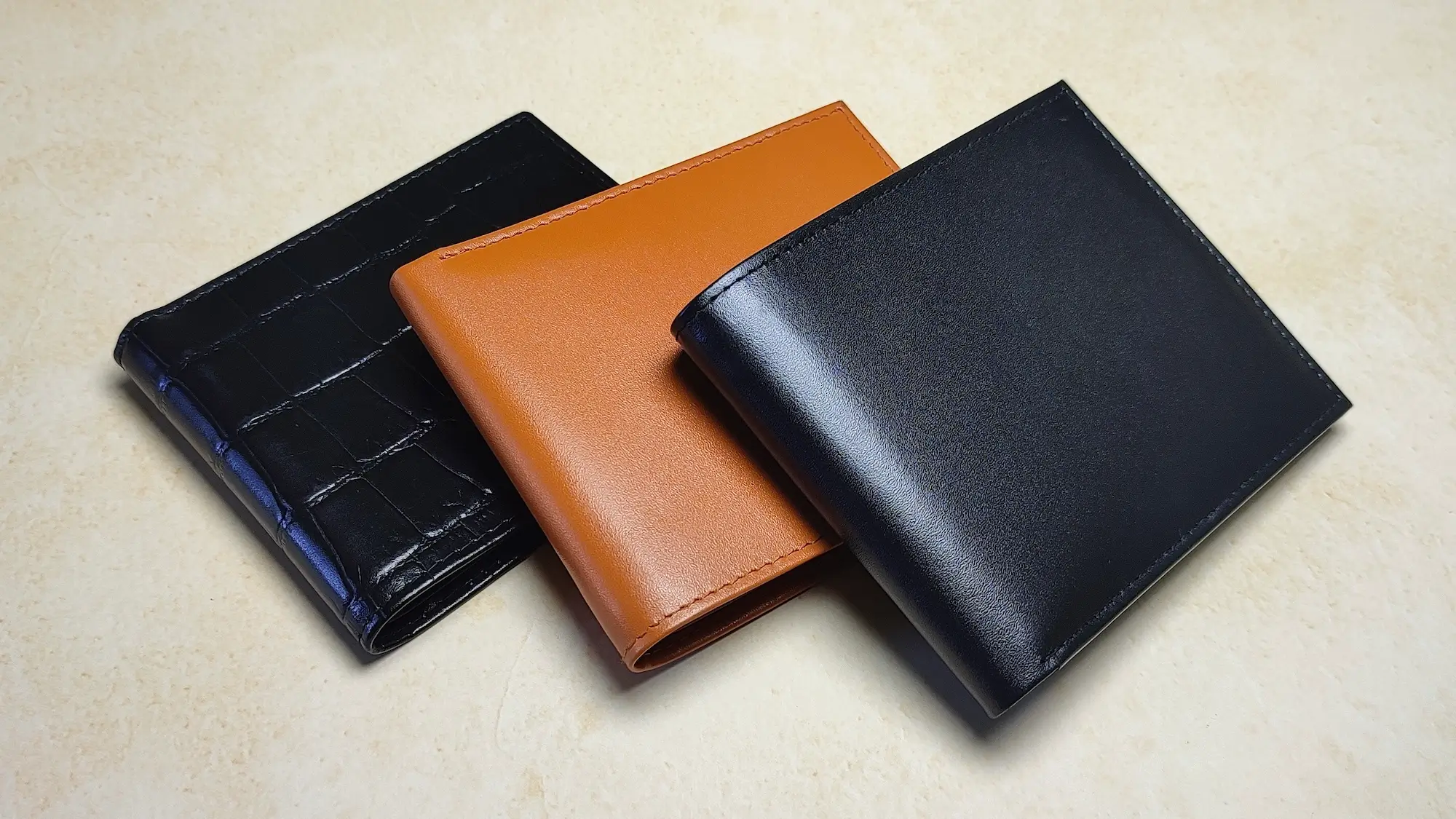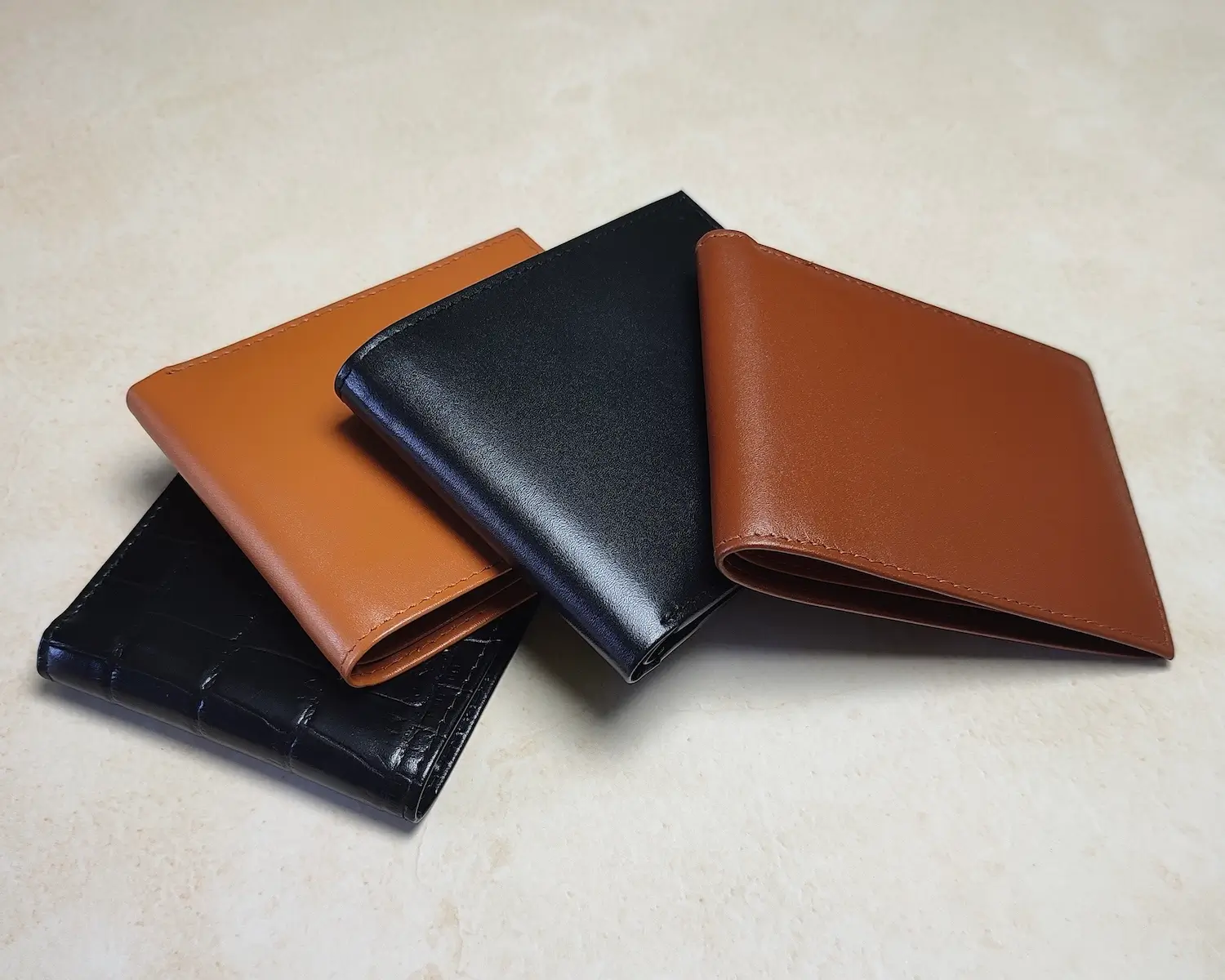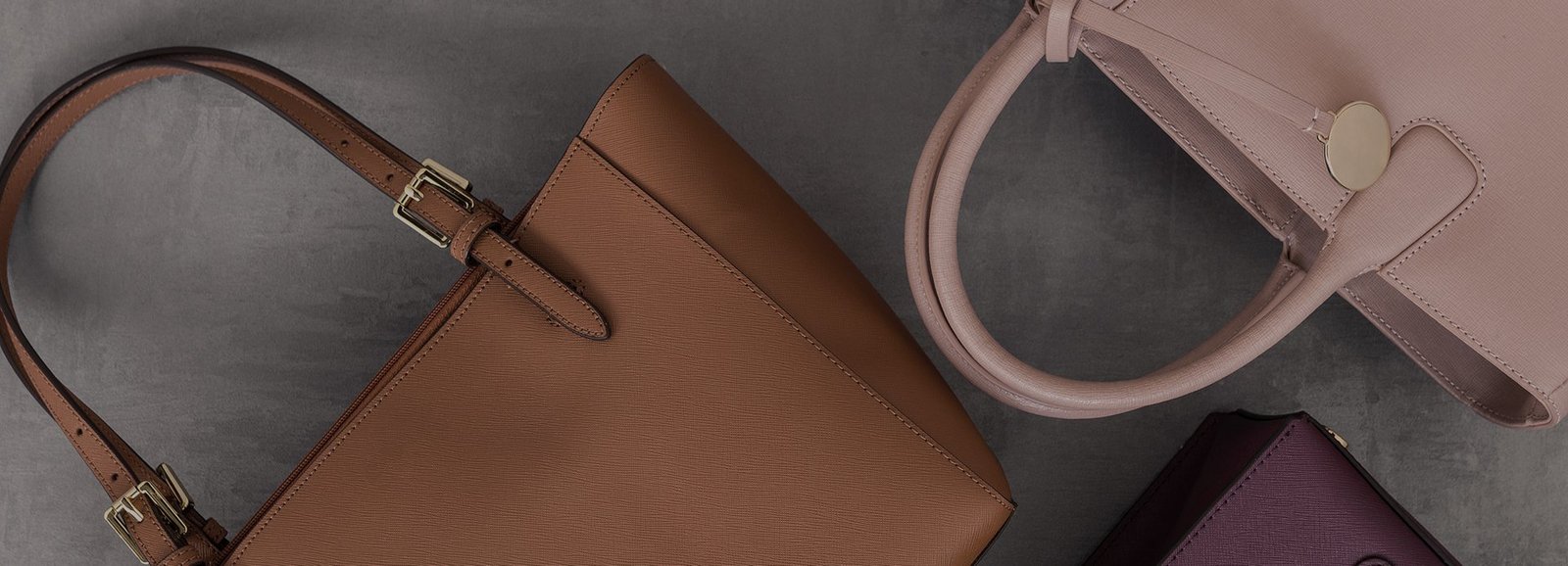Craftsmanship & Heritage
What Is Nubuck Leather? Characteristics, Benefits, and Care Tips
Introduction
Nubuck leather is a luxurious material prized for its velvety texture and refined appearance. Whether used in footwear, furniture, or accessories, Nubuck adds a touch of elegance and sophistication to any product. But what exactly is Nubuck leather, and how does it differ from other leather types like suede?
This guide provides a comprehensive look at Nubuck leather, from its unique features to the best ways to care for it.
What Is Nubuck Leather?
Definition of Nubuck Leather
Nubuck leather is a type of top-grain leather that has been sanded or buffed on the grain side to create a soft, velvety surface. This process gives it a unique matte finish and a texture that resembles suede, though it is stronger and more durable. Nubuck is often used in high-quality products that require both style and resilience.
Origin of the Term “Nubuck”
The term “Nubuck” has historical roots in leather craftsmanship, combining “new” and “buckskin.” It was first used to describe this type of leather in the early 20th century, particularly in products that emphasized luxury and durability.
Key Characteristics
- Velvety Texture: Soft to the touch, with a fine, short nap.
- Durable Composition: Made from the top-grain layer, ensuring strength.
- Matte Finish: A refined, understated look.
- Porous Surface: Requires special care to prevent stains and moisture absorption.
How Is Nubuck Leather Made?
Sourcing Top-Grain Leather
Nubuck begins with top-grain hides, typically from cows, which are known for their strength and quality. The top-grain layer is selected because it is denser and more durable than the lower layers of the hide.
Sanding Process
The grain side of the leather is lightly sanded or buffed to create the soft, velvety texture that defines Nubuck. This process removes surface imperfections and enhances the material’s visual appeal.
Finishing Techniques
To improve its durability and resistance, Nubuck leather is often treated with:
- Water-Resistant Coatings: Protects the porous surface from moisture.
- Dyes: Adds depth and richness to the color while maintaining its natural beauty.
Properties of Nubuck Leather
Soft and Velvety Texture
The hallmark of Nubuck leather is its soft, luxurious feel. This texture makes it highly desirable for products that are both comfortable and elegant.
Durability
Although it has a delicate appearance, Nubuck is made from top-grain leather, which gives it significant strength and resistance to wear. With proper care, it can last for years.
Aesthetic Appeal
Nubuck’s matte finish and fine nap provide a sophisticated look that complements a variety of styles, from casual to formal.
Susceptibility to Stains
The porous surface of Nubuck makes it prone to staining and moisture absorption, necessitating regular maintenance and protective treatments.
Common Uses of Nubuck Leather
Footwear
Nubuck leather is widely used in:
- Boots: Adds style and durability to rugged and fashion-forward designs.
- Casual Shoes: Soft texture ensures comfort and visual appeal.
- High-End Sneakers: A luxurious material for premium footwear brands.
Furniture and Upholstery
Nubuck is a popular choice for:
- Sofas and Chairs: Offers a chic, high-end look for modern and traditional interiors.
- Decorative Accents: Pillows and upholstery that elevate home aesthetics.
Fashion Accessories
Nubuck is also found in:
- Handbags: Elegant and durable for daily or occasional use.
- Wallets and Belts: Combines practicality with sophistication.
Automotive Interiors
Luxury car brands use Nubuck leather for:
- Seats: Provides a premium, comfortable feel.
- Trims: Adds an upscale touch to vehicle interiors.
Benefits of Nubuck Leather
Nubuck leather is a premium material that offers numerous advantages for both fashion and functional items. Its unique combination of durability, elegance, and comfort makes it a sought-after choice for various applications.
Premium Aesthetic
Nubuck leather’s soft, velvety texture and matte finish give it an air of sophistication. It elevates the look of any product, making it a favorite for luxury footwear, handbags, and furniture.
Durability
Despite its delicate appearance, Nubuck leather is highly durable due to its top-grain base. It can withstand wear and tear better than suede, making it suitable for everyday use in products like shoes and upholstery.
Versatility
Nubuck’s elegant yet understated look works well in both casual and formal settings. Whether it’s a pair of boots or a high-end sofa, this material adapts beautifully to different styles and purposes.
Comfortable Feel
The velvety surface of Nubuck leather adds a touch of comfort to any product. Its soft texture is particularly appealing in footwear and furniture, where comfort is paramount.
Challenges of Nubuck Leather
While Nubuck leather offers many benefits, it also comes with some challenges that require attention and care.
High Maintenance
The porous surface of Nubuck leather makes it prone to stains and discoloration. It requires regular cleaning and protective treatments to keep it looking its best.
Susceptibility to Moisture
If untreated, Nubuck leather can absorb moisture, which may lead to watermarks or damage. Using waterproofing sprays is essential to prevent this issue.
Cost
Nubuck leather is a premium material, and its price reflects its quality. While it offers excellent value for its durability and appearance, it may not be the best option for budget-conscious buyers.
Caring for Nubuck Leather
Proper care is essential to maintain the beauty and longevity of Nubuck leather. Here are some tips to ensure your items stay in excellent condition:
Cleaning Tips
- Use a Nubuck Brush: A soft-bristle brush designed for Nubuck is ideal for removing dirt and restoring the nap.
- Spot Cleaning: For stains, use a Nubuck-specific cleaner or a mild soap solution. Gently dab the area without saturating the leather.
- Avoid Excess Moisture: Do not soak the leather, as water can cause damage or discoloration.
Conditioning
- Apply Protectants: Use a leather protector or conditioner specifically formulated for Nubuck. This helps maintain its softness and shields it from stains.
- Avoid Oily Products: Oily conditioners can darken Nubuck leather and affect its texture.
Preventing Stains
- Waterproofing Sprays: Regularly apply a waterproofing spray to repel moisture and prevent watermarks.
- Avoid Direct Contact with Liquids: Keep Nubuck leather items away from spills and rain whenever possible.
Nubuck Leather vs. Suede
Nubuck leather and suede are often confused due to their similar textures. However, there are key differences that set them apart:
Texture and Appearance
- Nubuck: Sanded on the grain side, resulting in a velvety texture with greater durability.
- Suede: Created from the underside of the hide, giving it a softer but less resilient finish.
Durability
- Nubuck: Stronger and more durable due to its top-grain base.
- Suede: Less durable and more prone to wear and tear, making it better suited for low-stress applications.
Applications
- Nubuck: Commonly used in high-end footwear, furniture, and accessories.
- Suede: Often found in fashion items like jackets, gloves, and casual shoes.
Conclusion
Nubuck leather is a luxurious material that combines elegance, durability, and versatility. Its velvety texture and sophisticated matte finish make it a standout choice for premium products, ranging from footwear to furniture. While it requires proper care to maintain its beauty, the effort is well worth it for those who appreciate high-quality leather.
By understanding its characteristics, benefits, and care requirements, you can ensure that your Nubuck leather items remain stunning and functional for years to come.
FAQs About Nubuck Leather
-
Is Nubuck leather real leather?
Yes, Nubuck is made from the top-grain layer of the hide, making it a high-quality and durable type of leather. -
How does Nubuck differ from suede?
Nubuck is sanded on the grain side of the hide, while suede is made from the underside. Nubuck is stronger and more durable, whereas suede is softer but less resilient. -
Can Nubuck leather be waterproofed?
Yes, Nubuck leather can be treated with waterproofing sprays to protect it from moisture and stains. -
What products are best made with Nubuck leather?
Nubuck is ideal for high-end footwear, handbags, furniture, and automotive interiors due to its durability and elegant appearance. -
How do I restore the look of worn Nubuck leather?
Use a Nubuck brush to lift the nap and remove dirt. For deeper stains or wear, consider using a Nubuck cleaner or consulting a professional leather specialist.
FAQ : Frequently Asked Questions
What Is Nubuck Leather? Characteristics, Benefits, and Care Tips
Answer:
Yes, Nubuck is made from the top-grain layer of the hide, making it a high-quality and durable type of leather.
Answer:
Nubuck is sanded on the grain side of the hide, while suede is made from the underside. Nubuck is stronger and more durable, whereas suede is softer but less resilient.
Answer:
Yes, Nubuck leather can be treated with waterproofing sprays to protect it from moisture and stains.
Answer:
Nubuck is ideal for high-end footwear, handbags, furniture, and automotive interiors due to its durability and elegant appearance.
Answer:
Use a Nubuck brush to lift the nap and remove dirt. For deeper stains or wear, consider using a Nubuck cleaner or consulting a professional leather specialist.



